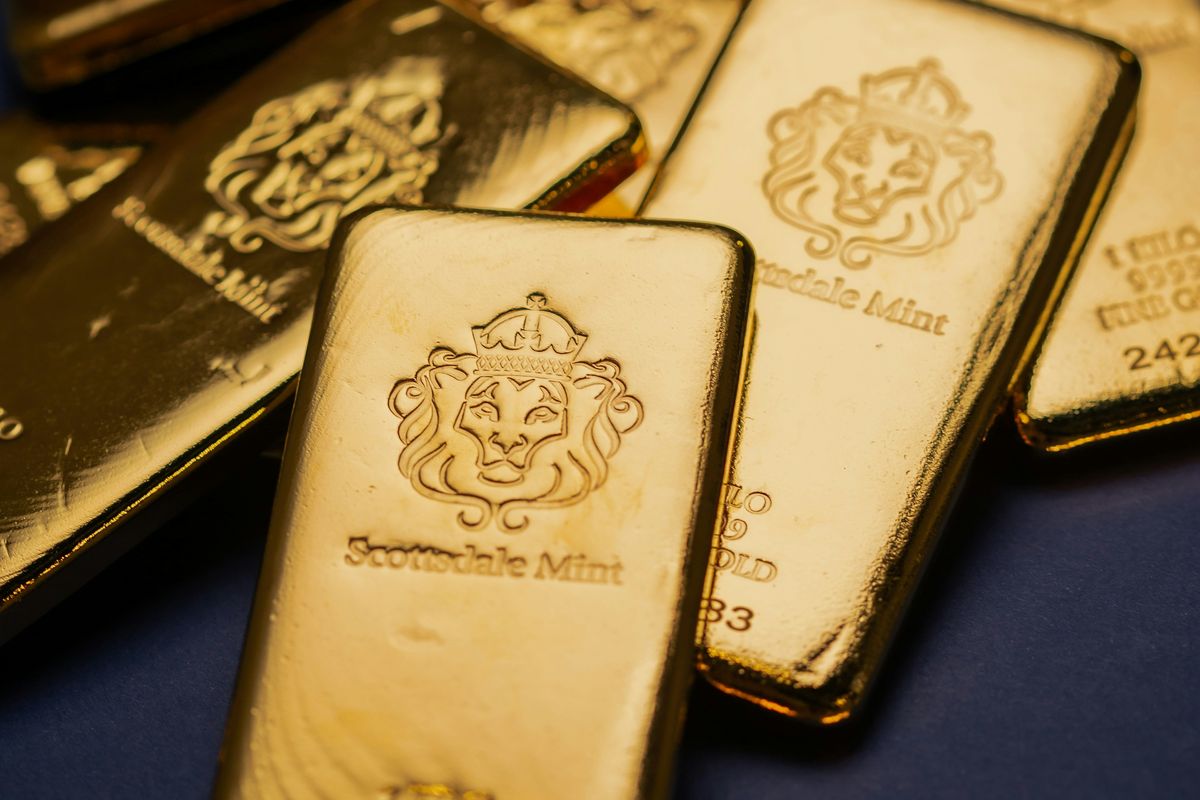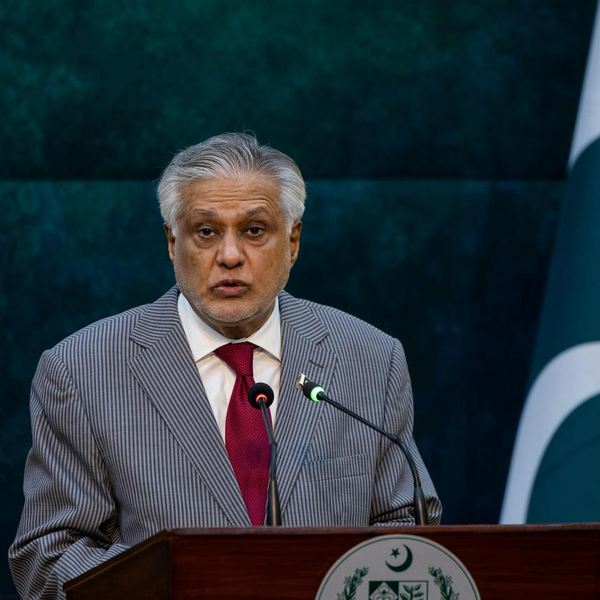Central banks extend gold-buying streak despite high prices, slower pace
Emerging markets drive demand amid de-dollarization, geopolitical risks

Haris Zamir
Business Editor
Experience of almost 33 years where started the journey of financial journalism from Business Recorder in 1992. From 2006 onwards attached with Television Media worked at Sun Tv, Dawn Tv, Geo Tv and Dunya Tv. During the period also worked as a stringer for Bloomberg for seven years and Dow Jones for five years. Also wrote articles for several highly acclaimed periodicals like the Newsline, Pakistan Gulf Economist and Money Matters (The News publications)

Central banks around the world continued to add gold to their reserves in July, signaling a persistent appetite for the precious metal despite high prices and a slowdown in monthly purchases, according to data collected from the World Gold Council and international news agencies.
According to newly released data, central banks made net purchases of 10 tonnes in July. While this marks a moderation from earlier months, it underscores a broader, long-term trend of gold accumulation that has defined reserve management strategies since the early 2010s.
What's behind the demand?
Geopolitical uncertainty remains the leading factor behind central banks’ gold buying, as global tensions prompt institutions to favor risk-resistant assets. This trend is amplified by ongoing efforts among emerging markets to reduce reliance on the U.S. dollar in international reserves and trade, a process often referred to as “de-dollarization”.
“Gold offers a hedge not only against geopolitical risk but also against currency volatility and inflation,” said an analyst tracking global reserve trends. “Its value as a sovereign-risk-free asset makes it attractive for countries seeking greater financial autonomy.”
Central banks are also prioritizing portfolio diversification, recognizing the risk of over-concentration in any single reserve asset.
Gold’s historical role as a hedge against inflation and its negative correlation with many traditional financial instruments have made it a cornerstone of risk management strategies.
Developing countries, in particular, are emphasizing financial sovereignty by increasing gold holdings—a tangible asset held outside the traditional financial system.
Poland, Azerbaijan, and China among top buyers
While gold purchases slowed in July, year-to-date data reveal robust acquisition patterns. Poland has emerged as the top buyer in 2025, adding 67 tonnes to its reserves. Though the National Bank of Poland has paused purchases since May, analysts believe this reflects temporary stabilization rather than a strategic shift.
Azerbaijan has added more than 26 tonnes this year, reflecting a broader trend among emerging economies to use gold as a tool for financial security. Kazakhstan, another major player, brought in three tonnes in July, raising its 2025 total to 25 tonnes.
China, which has steadily diversified its vast foreign exchange reserves, added two tonnes in July, marking its ninth consecutive month of buying and bringing its total to 36 tonnes so far this year. The People’s Bank of China continues to follow a measured approach with small but consistent monthly acquisitions to minimize market disruption.
Turkey extended its gold-buying streak to 26 consecutive months, while the Czech Republic notched 29 straight months of accumulation, underscoring growing interest in gold among non-traditional European buyers.
Emerging markets lead the charge
Emerging markets remain at the forefront of global gold accumulation. Kazakhstan continues to favor gold sourced from domestic production, supporting both reserve building and the local mining sector.
Turkey and the Czech Republic also remained active in July, each purchasing two tonnes. Their continued engagement highlights a regional trend of reserve diversification in response to economic volatility and currency concerns.
“These central banks are demonstrating long-term strategic thinking,” said one senior economist. “They’re not reacting to price movements, they’re investing in gold for stability, resilience, and independence.”
Outlook
Despite slower monthly figures, analysts say the underlying strategy remains clear. Central banks are not making opportunistic trades, they are pursuing long-term shifts in reserve composition.
With inflation risks, geopolitical uncertainty, and currency diversification all at play, gold continues to cement its role as a central pillar in global reserve portfolios.
“High prices aren’t deterring buyers,” one analyst noted. “They’re a reflection of the very risks that are making gold more attractive in the first place.”







Comments
See what people are discussing